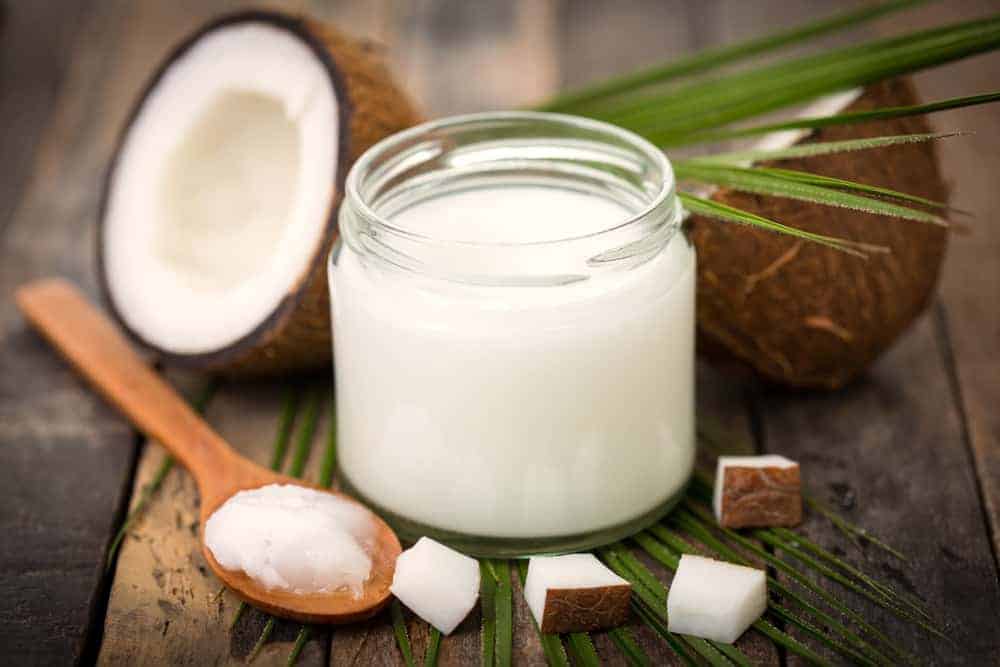15 Surprisingly Sweet Fruits That Are Low in Sugar and Perfect for Kids
When it comes to feeding kids, finding the balance between nutrition and taste can be a challenge. Many parents worry about high sugar content in their children’s diets, but there’s good news—nature offers plenty of sweet, delicious fruits that are naturally low in sugar. These fruits satisfy a craving for sweetness without causing a sugar rush, making them a perfect choice for families. By choosing the right fruits, you can encourage healthy habits while keeping snack time fun and flavorful. Let’s explore these hidden gems together!
1. Strawberries
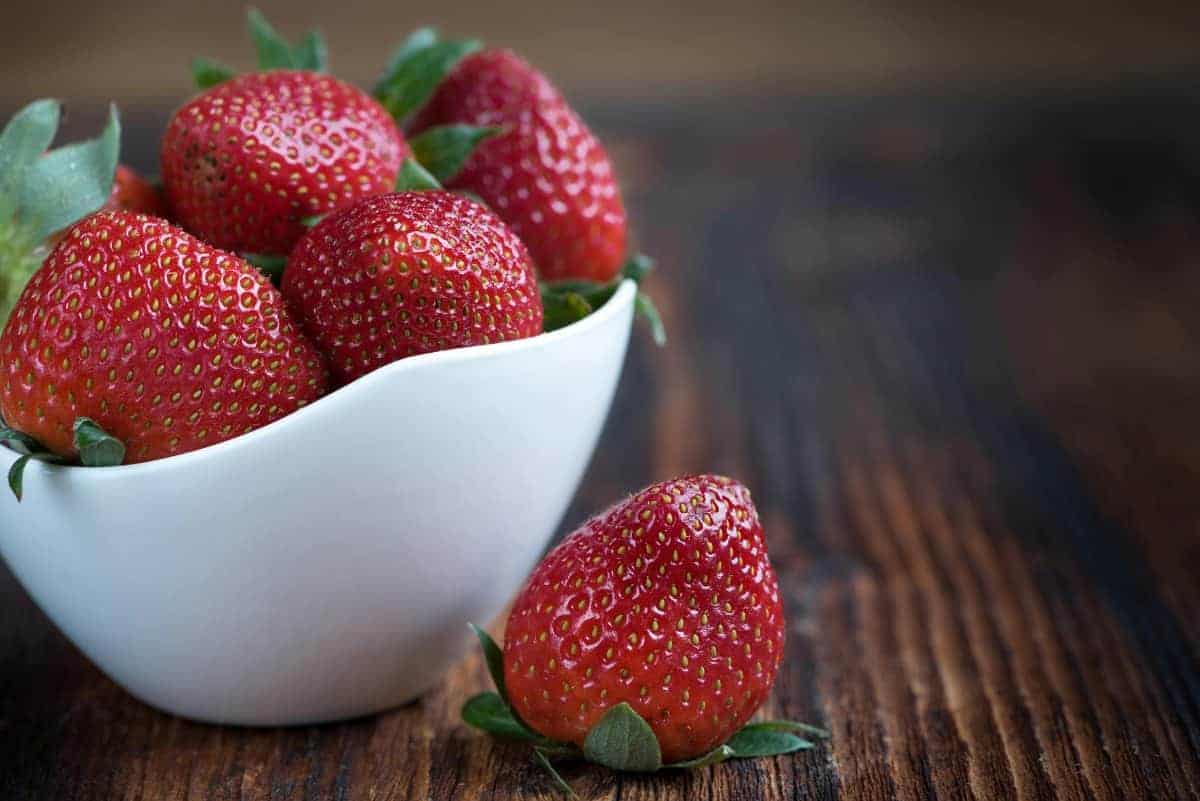
Strawberries are a classic kid favorite, offering juicy sweetness with only about 7 grams of sugar per cup. These vibrant berries are packed with vitamin C, giving kids a healthy boost while satisfying their sweet tooth. Compared to grapes or cherries, strawberries contain significantly less sugar, making them a smart snack choice. Enjoy them on their own, add to yogurt, or blend in smoothies—their versatility means your child can enjoy them in countless delicious ways.
2. Blackberries

Blackberries bring a burst of juicy sweetness with just 7 grams of sugar per cup, making them perfect for kids craving something tasty but light on sugar. These berries are loaded with fiber and antioxidants, supporting overall health and digestion. Their slightly tart yet sweet flavor pairs wonderfully with breakfast favorites—try them atop yogurt or cereal. With their vibrant color and nutrition, blackberries make snack time both fun and nourishing for little ones.
3. Raspberries
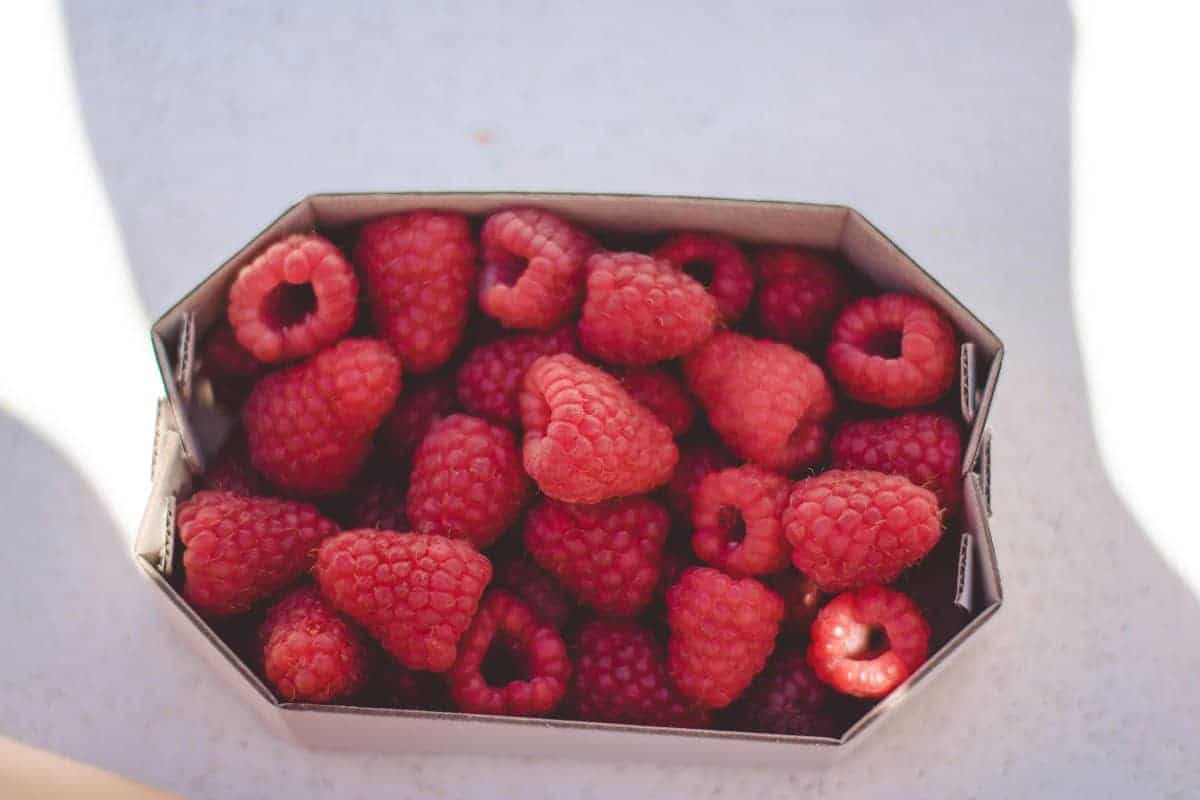
Raspberries offer a delightful tart-sweet flavor that kids love, with an impressively low sugar content—just 5 grams per cup. They’re also a fantastic source of fiber, helping to keep little tummies full and happy. Compared to higher-sugar fruits like grapes or bananas, raspberries provide sweetness without the sugar overload. Their vibrant color and unique taste make them a fun addition to snack time or as a topping for oatmeal and desserts.
4. Kiwi
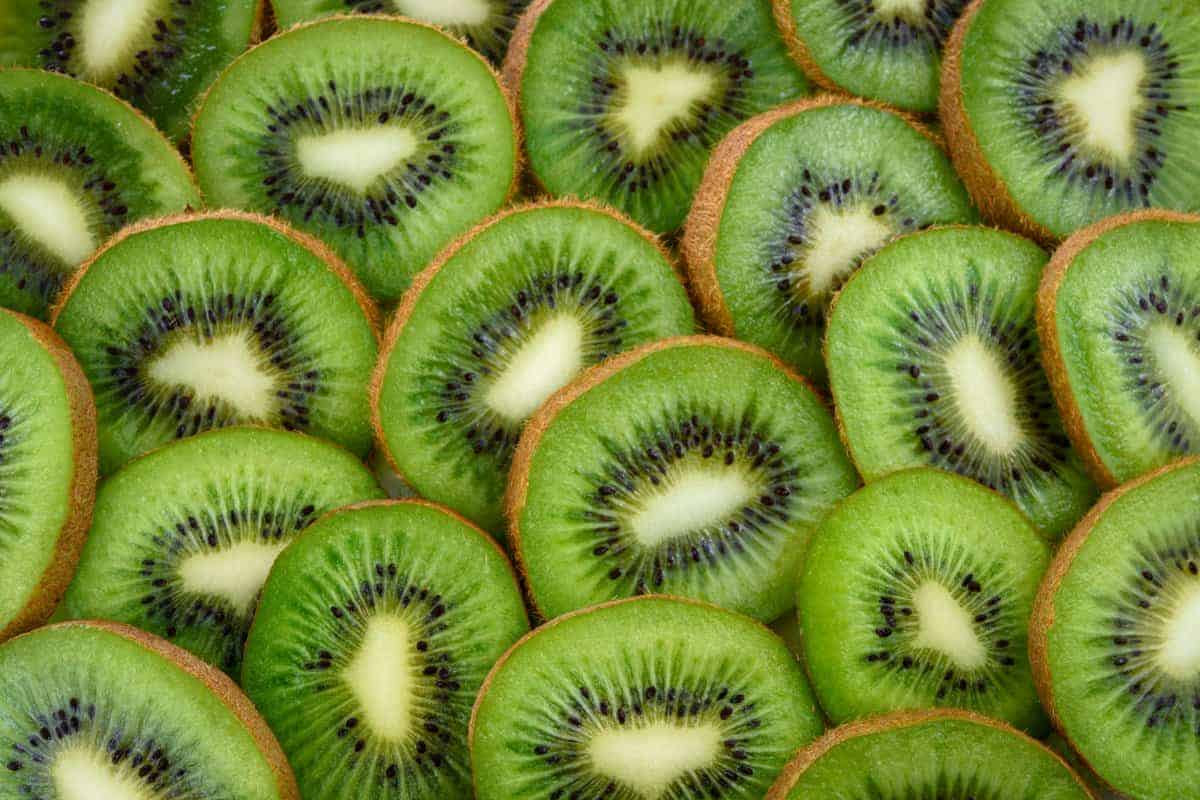
Kiwi delivers a tropical burst of sweetness and eye-catching green color, all with only 6 grams of sugar per fruit. This small but mighty fruit is packed with vitamin C and fiber, making it a nutritious choice for growing kids. Compared to apples or oranges, which can have nearly double the sugar, kiwi’s lower sugar profile is impressive. Slice it into rounds or scoop it with a spoon—kids will love its tangy, juicy goodness.
5. Watermelon
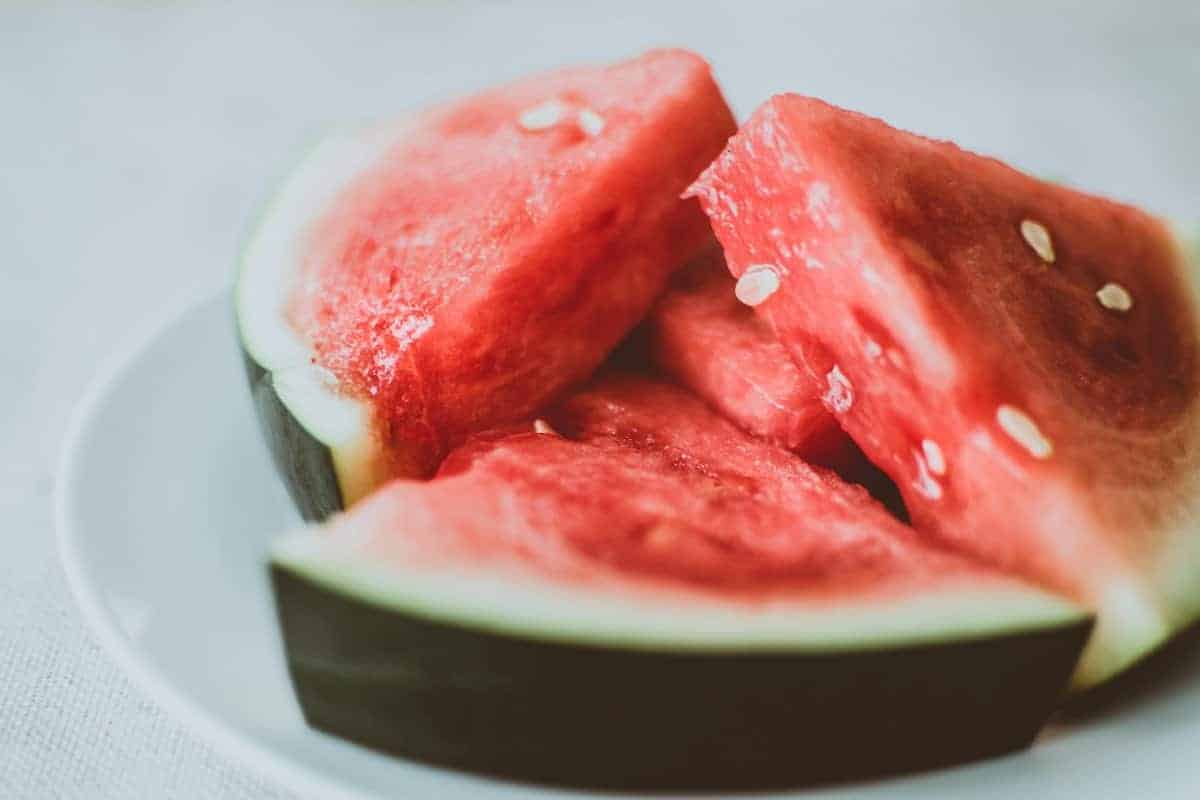
Watermelon is the ultimate refreshing summer treat, loved for its juicy sweetness and hydrating power. With only about 6 grams of sugar per 100 grams, it’s a smart choice for mindful snacking. Its high water content helps keep kids cool and hydrated, especially during outdoor play. While cantaloupe is also a sweet melon, watermelon generally contains less sugar per serving. Serve it in slices or fun shapes—kids will always come back for more.
6. Cantaloupe
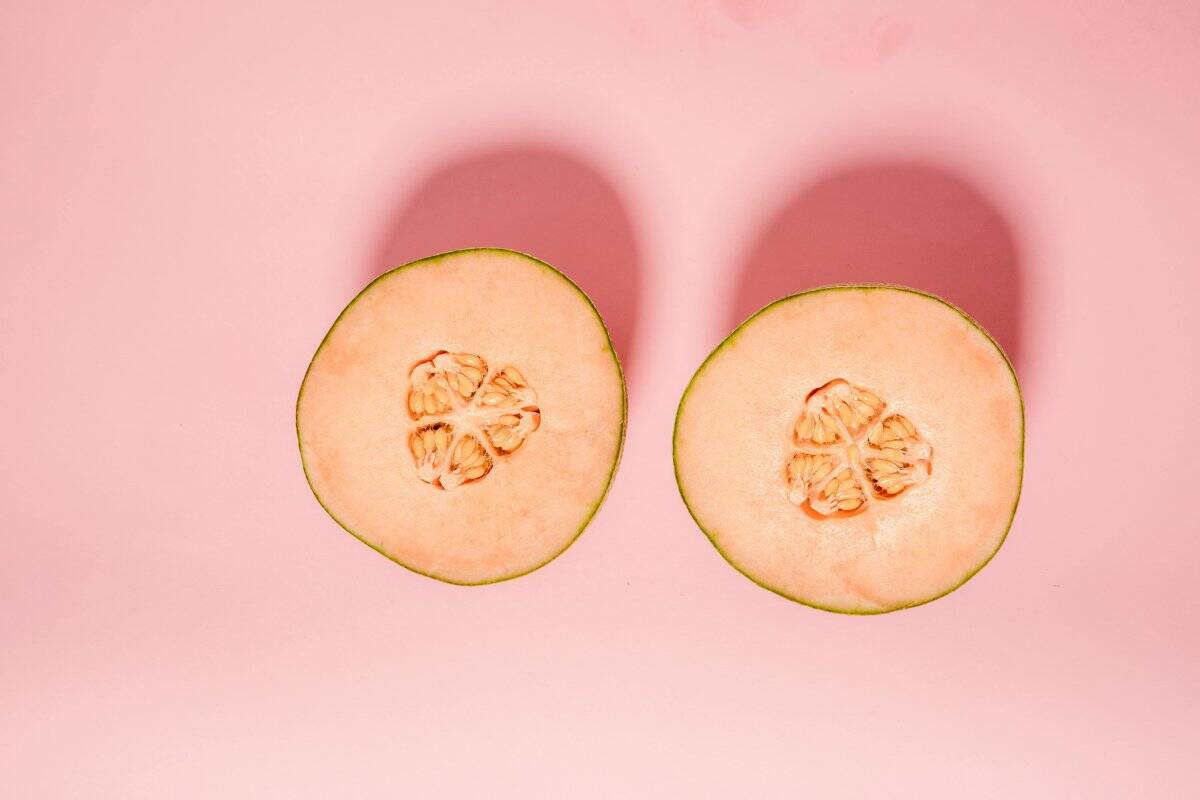
Cantaloupe offers a mild, honeyed sweetness that’s perfect for kids, with just 8 grams of sugar per cup. This melon is a standout source of vitamin A, supporting healthy vision and immune function. Its soft, juicy texture makes it easy for little hands to enjoy, and its flavor is slightly richer and more fragrant than honeydew. Whether served in cubes or melon balls, cantaloupe is a delicious, low-sugar treat for any snack or breakfast.
7. Peaches
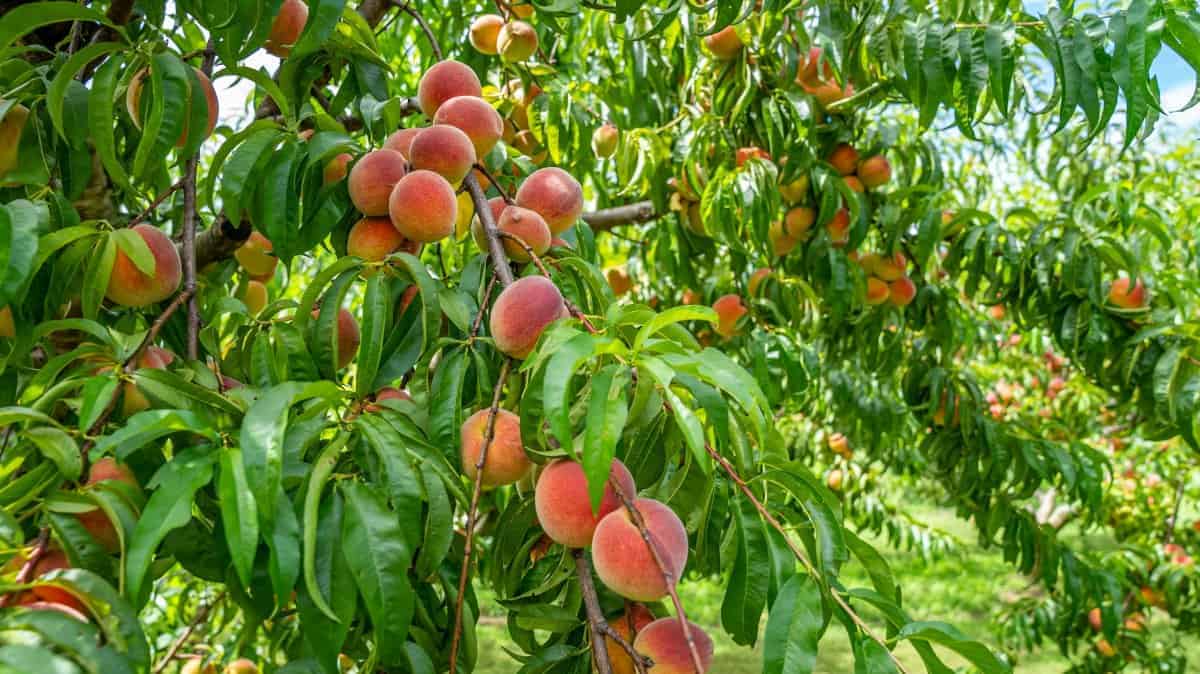
Peaches have a naturally sweet and juicy flavor that makes them a favorite among kids. With only about 13 grams of sugar per medium peach, they’re a great alternative to higher-sugar fruits like mangoes. Their tender, fragrant flesh is also less sweet than plums, offering a balanced taste that pleases young palates. Enjoy peaches sliced fresh, blended into smoothies, or added to fruit salads for a refreshing, low-sugar snack any time of the day.
8. Grapefruit

Grapefruit brings a unique sweet-tart zing that kids find intriguing, with only 8-9 grams of sugar per half fruit. It’s an excellent source of vitamin C, helping support immunity and overall wellness. Compared to sweeter citrus fruits like oranges and tangerines, grapefruit contains less sugar and offers a more complex flavor. Serve it as juicy wedges or sprinkle a little cinnamon for a fun twist—kids will appreciate its refreshing taste and vibrant pink hue.
9. Lemons
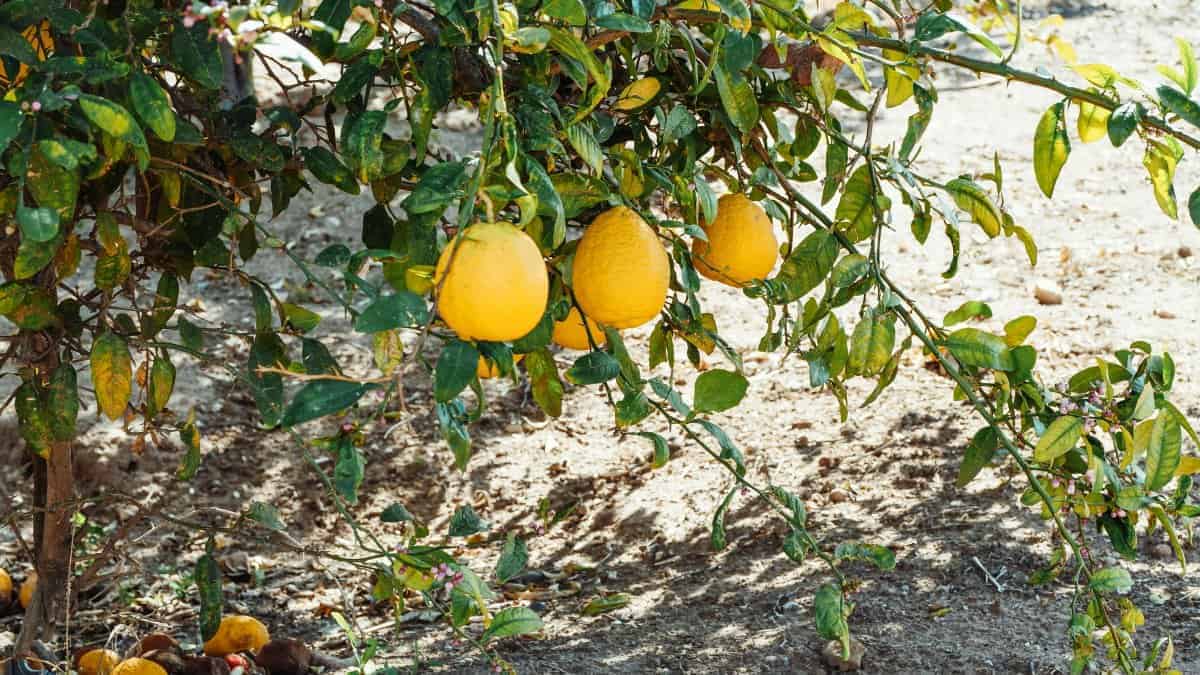
Lemons may be famous for their zesty tartness, but with only 1-2 grams of sugar per fruit, they’re a fantastic way to add brightness and a hint of sweetness to snacks and meals. Packed with vitamin C, lemons can be squeezed over fruit salads, mixed into yogurt, or even infused in water for a refreshing twist. While similar in tartness to limes, lemons offer a slightly sweeter profile that kids can enjoy in small, creative doses.
10. Avocado
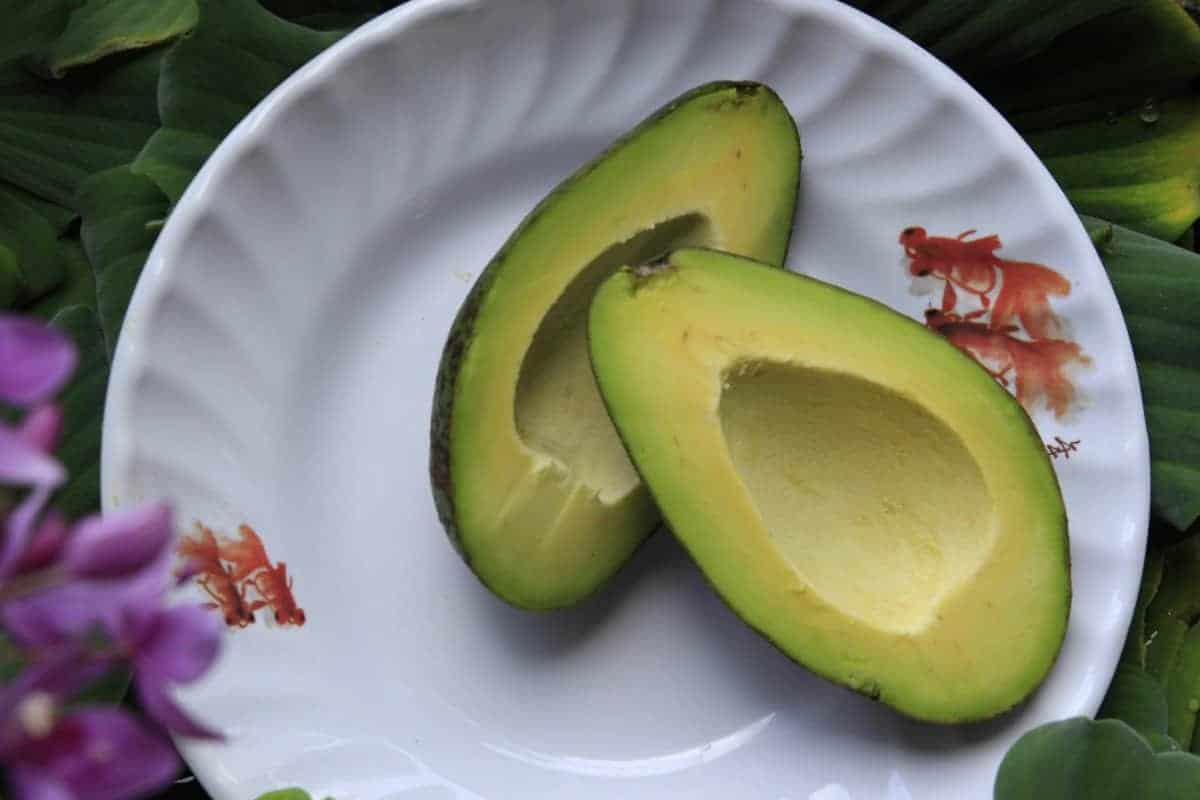
Avocado might surprise you as a fruit, but with less than 1 gram of sugar per fruit, it’s one of the lowest-sugar options available. Its creamy texture and healthy fats make it a versatile addition to both sweet and savory dishes. Mash avocado on whole-grain toast, blend it into smoothies, or even whip up a chocolate avocado pudding for dessert. Its subtle flavor allows it to pair wonderfully with many ingredients, making snack time extra nutritious.
11. Cranberries (Fresh)
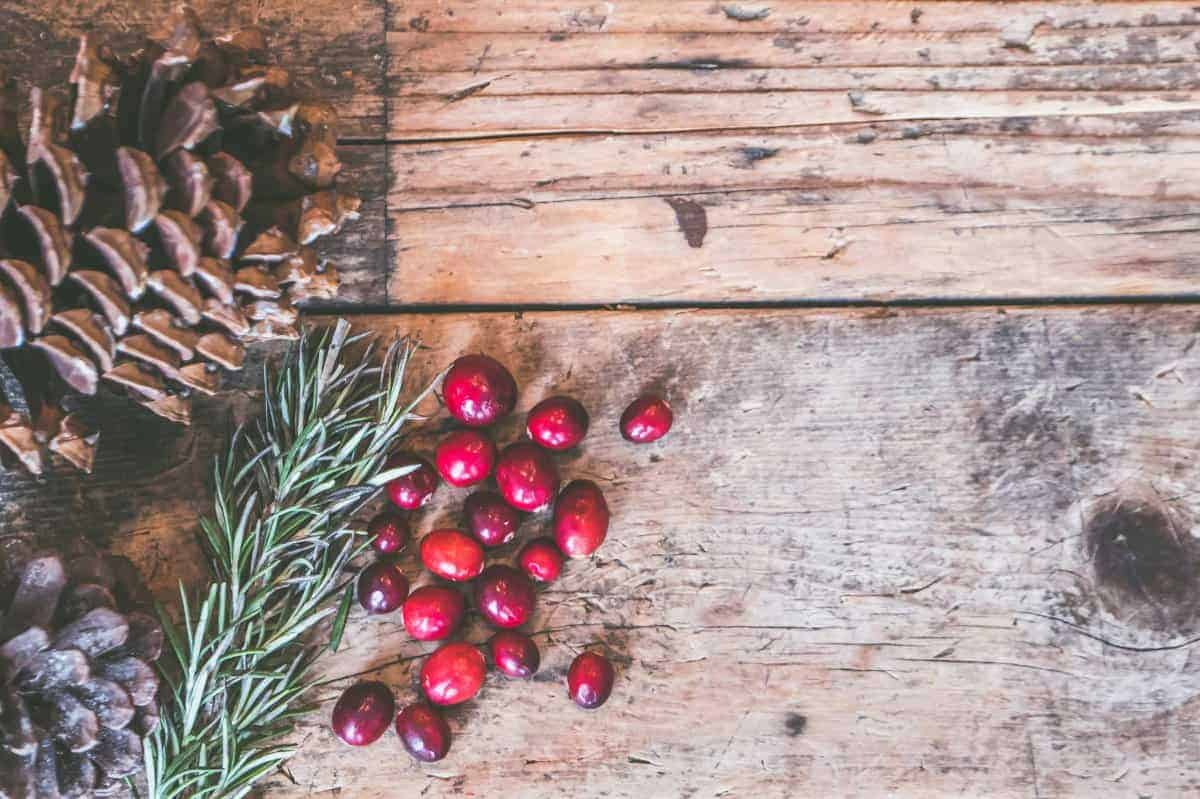
Fresh cranberries deliver a tart punch with just a hint of sweetness, containing only 4 grams of sugar per cup. Unlike dried cranberries—which are often sweetened and much higher in sugar—fresh cranberries are a great low-sugar option for kids. Try adding them to homemade muffins, blending into smoothies, or simmering with a touch of honey for a tasty sauce. Their vibrant red color and zesty flavor make snacks visually appealing and exciting for little taste buds.
12. Guava
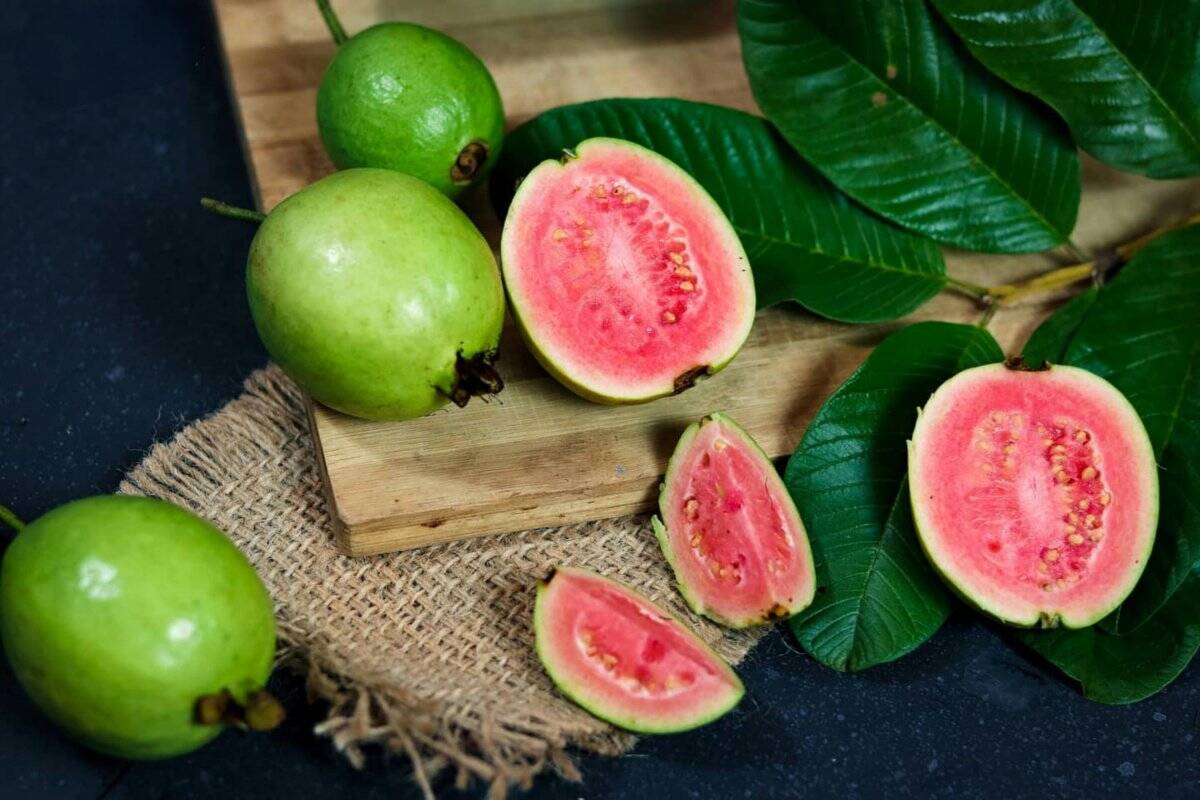
Guava is a tropical delight that’s surprisingly low in sugar, with just about 5 grams per fruit. This exotic option is bursting with vitamin C, making it a powerful immune booster for kids. Guava’s flavor is unique—sweet yet slightly tangy—and sits somewhere between papaya and passionfruit, offering an exciting change from everyday fruits. Slice guava for a quick snack or add it to fruit salads for a pop of color and a refreshing twist.
13. Papaya

Papaya features sweet, juicy flesh that kids love, while offering only about 6 grams of sugar per 100 grams. This tropical fruit is not only delicious but also supports healthy digestion thanks to its natural enzymes. Compared to pineapple—which tends to be higher in sugar—papaya provides a gentler sweetness that’s easier on little tummies. Enjoy it cubed, blended into smoothies, or tossed into fruit salads for a nutritious and naturally sweet treat.
14. Starfruit (Carambola)
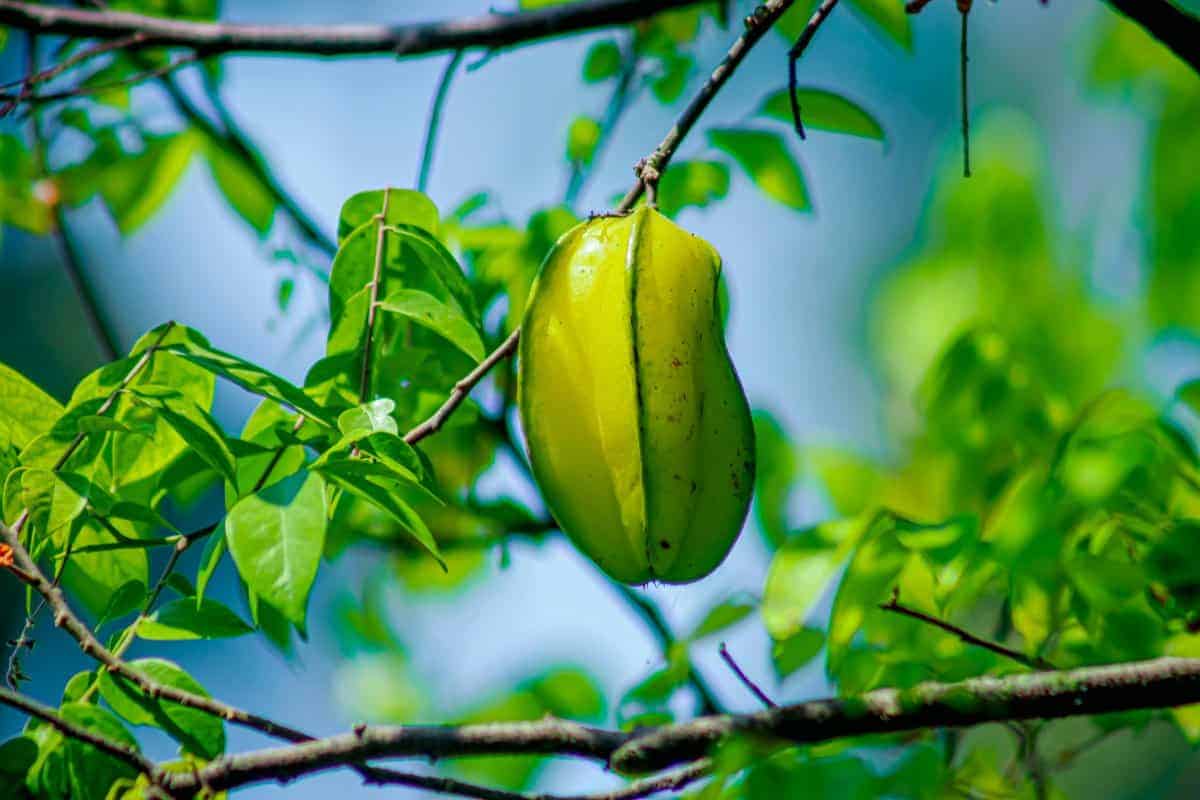
Starfruit, also known as carambola, brings a crisp texture and refreshing sweetness to the table, with only 4 grams of sugar per medium fruit. Its flavor is a delightful mix between apples and grapes, offering a unique taste kids find intriguing. Sliced into its signature star shapes, starfruit is visually fun and perfect for adding excitement to fruit salads. Its mild sweetness and juicy crunch make it a standout low-sugar option for any snack or meal.
15. Plums

Plums captivate with their sweet-tart flavor and smooth, juicy flesh, containing just 7 grams of sugar per fruit. They’re highly versatile—enjoyed fresh, sliced into snacks, or baked into wholesome desserts. Compared to cherries and nectarines, plums offer a lower sugar alternative while still delivering plenty of natural sweetness. Their vibrant color and compact size make plums a fun addition to lunchboxes and fruit bowls, providing a delicious and healthy treat for kids of all ages.
Conclusion
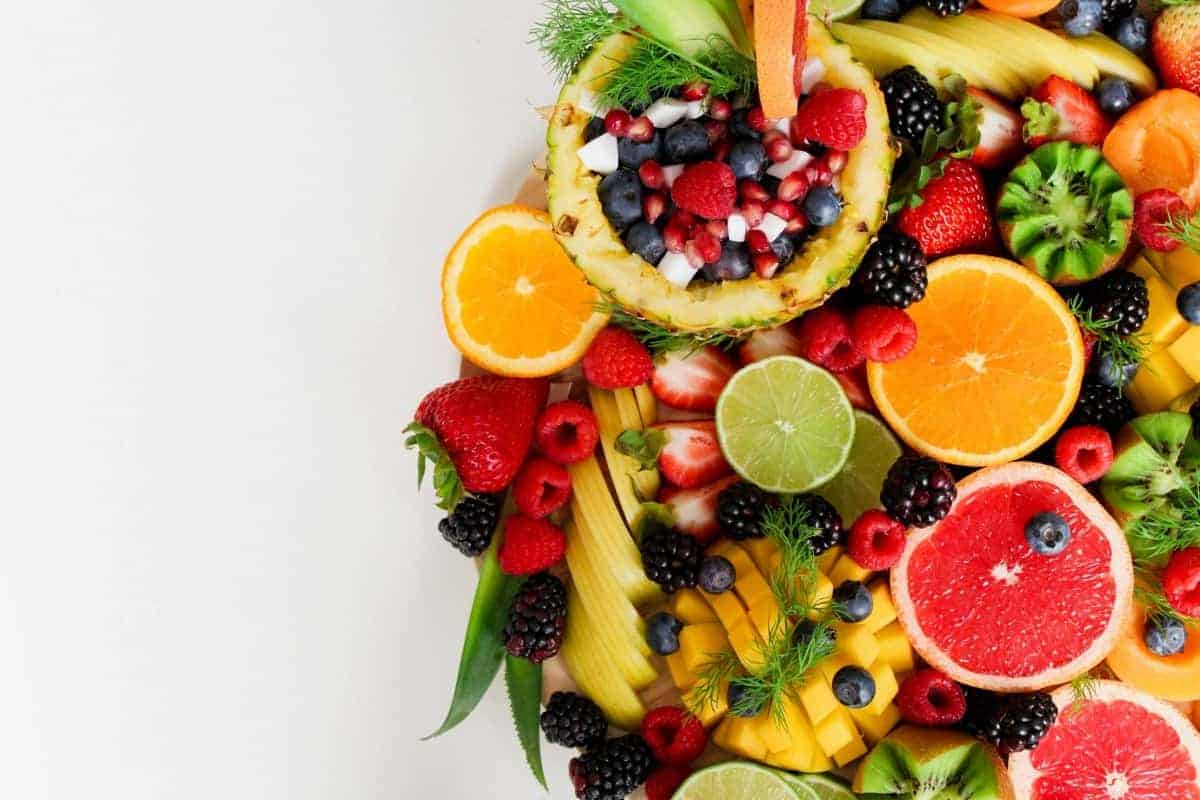
From juicy berries to tropical delights, there’s an amazing variety of sweet, low-sugar fruits that are perfect for kids and families. These fruits not only satisfy cravings but also support a balanced, nutritious diet. Get creative—mix them into salads, blend them in smoothies, or serve them as colorful snacks. Choosing these naturally sweet options helps build healthy habits and keeps snack time exciting. Start exploring these delicious fruits today and discover how easy it is to enjoy sweetness without the sugar overload!
.article-content-img img { width: 100% }



